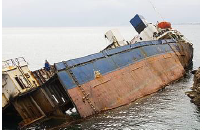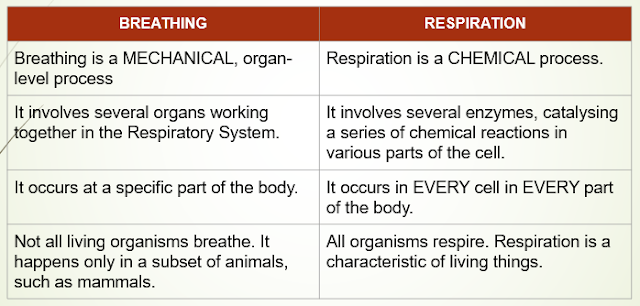MARINE & WETLAND POLLUTION [CSEC BIOLOGY]
SYLLABUS REFERENCE
[A6.3] assess the implications of pollution of marine and wetland environments;
INTRODUCTION
A couple years ago in Trinidad & Tobago, Fishermen and Friends of the Sea (FFOS) drew international attention to an oil tanker that was threatening to dump tonnes of crude oil into the Caribbean Sea.
Thanks to their efforts, and extensive talks between governments, the tanker was stabilised, removing the possibility of a devastating oil spill.
However, this is not the only incident of pollution impacting our marine and wetland ecosystems, as shown in the following video. There are several sources of pollution that are currently threatening ecosystems and, by extension, the livelihoods and economies of our vulnerable island states.
This article will be exploring the marine and wetland ecosystems in the Caribbean, as well as the types, sources, and impact of pollution on them and, by extension, state economies.
DEFINITIONS
Pollutant
Pollution
Benthic Organisms
MARINE & WETLAND ECOSYSTEMS
1 - Coastal ecosystems, dominated by mangrove trees
2 - Ecosystems in shallow water where seagrasses are the dominant vegetation
3 - Coral reefs
Go to this link for a comparison of marine vs wetland ecosystems.
SOURCES & IMPACT OF POLLUTION
About Eutrophication...
About the manatee die-off as of August 2021.
SUMMARY
There are three main types of marine and wetland ecosystems in the Caribbean, namely mangrove, seagrass, and coral reef.
There are three main sources of pollution that have a negative impact on these ecosystems. These are agriculture, industry, and mismanaged solid waste. Some of the pollutants that interfere with these ecosystems are fertilisers, heavy metals, and sediment.





